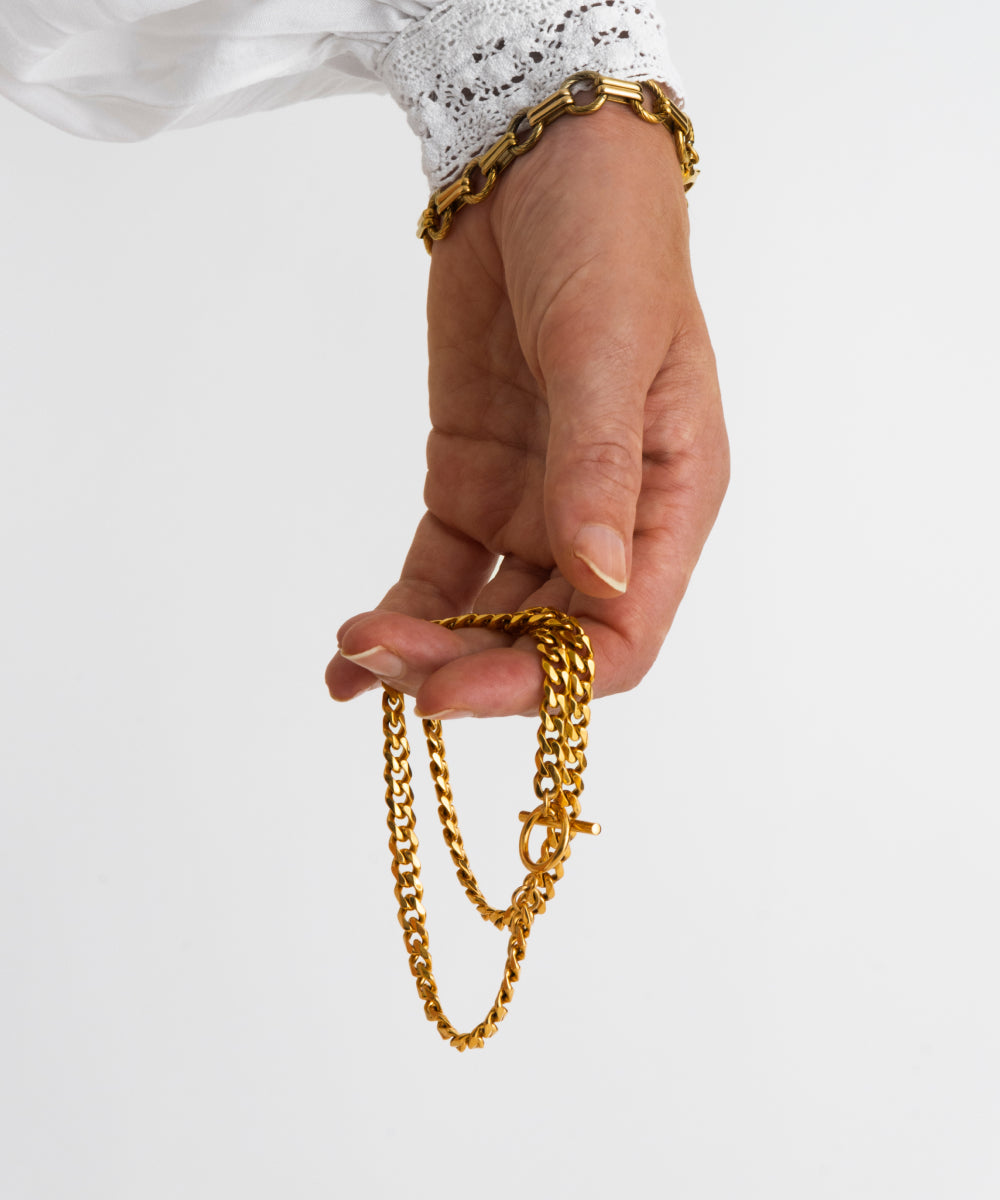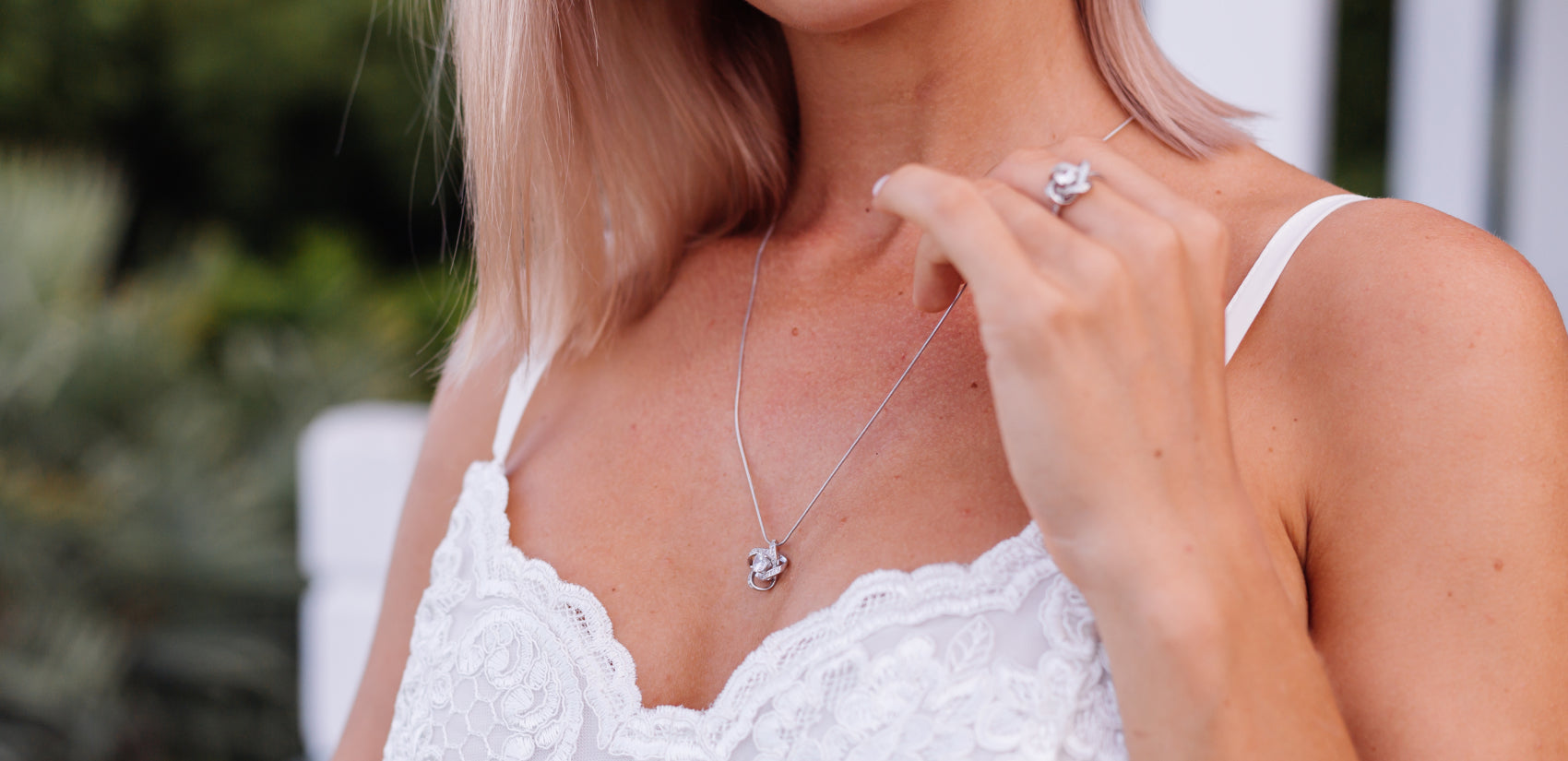The History Behind Popular Jewelry Styles
Jewelry has adorned humanity for thousands of years, serving as a symbol of beauty, status, culture, and personal expression. Over the centuries, different jewelry styles have emerged, each carrying a unique story and historical significance. From ancient amulets to modern minimalist pieces, popular jewelry designs reflect the evolution of art, craftsmanship, and societal values across time and civilizations.
Ancient Beginnings: Symbols of Power and Spirituality
The origins of jewelry date back to prehistoric times, where early humans used bones, shells, and stones as adornments. In ancient Egypt, jewelry was both decorative and symbolic. Gold, favored for its permanence and brilliance, was associated with the divine. Pharaohs and nobles wore elaborate collars, cuffs, and headdresses encrusted with lapis lazuli, turquoise, and carnelian—stones believed to hold spiritual power. These pieces not only reflected status but also served protective purposes in both life and the afterlife.
Classical Influence: Elegance and Empire
In Ancient Greece and Rome, jewelry design became more refined and intricate. Greek artisans emphasized harmony and proportion, often featuring motifs inspired by nature such as laurel leaves, acorns, and animals. Jewelry was a sign of sophistication and was often passed down through generations. The Romans adopted these designs and added their flair, incorporating colorful gemstones like emeralds, sapphires, and garnets. Rings became widely popular during this period, especially signet rings used to seal official documents.
Medieval and Renaissance Opulence
During the Middle Ages, jewelry took on strong religious significance. Crosses, rosaries, and relics were adorned with gemstones and worn as talismans of faith. Only the wealthy could afford such pieces, often crafted in gold and adorned with rubies or sapphires. The Renaissance marked a golden age for jewelry design in Europe, with renewed interest in classical art and humanism. Artisans created masterpieces that mirrored the grandeur of the era, including intricate cameos, lockets, and enamel work.
Victorian Era: Sentimental and Symbolic
The 19th century brought about a dramatic shift in jewelry styles, particularly during Queen Victoria’s reign. Jewelry became more romantic and symbolic, often used to express love, mourning, or memory. Lockets containing hair or miniature portraits were widely popular. Nature themes like flowers, snakes, and hearts were prevalent. The era also saw the rise of diamonds as coveted gems, partly due to major discoveries in South Africa. Jewelry during this period was deeply personal, often serving as a reflection of life’s milestones.
Art Deco and Modern Movements
The 20th century saw jewelry transform in style and purpose. The 1920s introduced the bold, geometric designs of the Art Deco era, influenced by industrial progress and global art. These pieces featured clean lines, symmetry, and materials like platinum, jade, and onyx. Later, the 1960s and '70s brought playful, bohemian styles influenced by pop culture and political change. Jewelry became more accessible, with costume jewelry gaining popularity alongside fine pieces.
Contemporary Style: Minimalism Meets Statement
Today, jewelry styles blend the past with modern aesthetics. While minimalist designs dominate everyday wear, bold statement pieces are still celebrated in fashion circles. Personalization, such as initials or birthstones, has made a strong comeback, echoing the sentimental trends of the Victorian era. Ethical sourcing, sustainable materials, and artisanal craftsmanship are now major considerations for both designers and consumers, reflecting a more conscious approach to beauty.
Timeless Appeal, Ever-Evolving
The enduring appeal of jewelry lies in its ability to evolve while retaining symbolic value. Each style, whether ancient or contemporary, tells a story about the era it came from and the people who wore it. From cultural traditions to personal milestones, jewelry continues to be a powerful expression of identity, emotion, and art—a true reflection of human history in every gleaming piece.






























